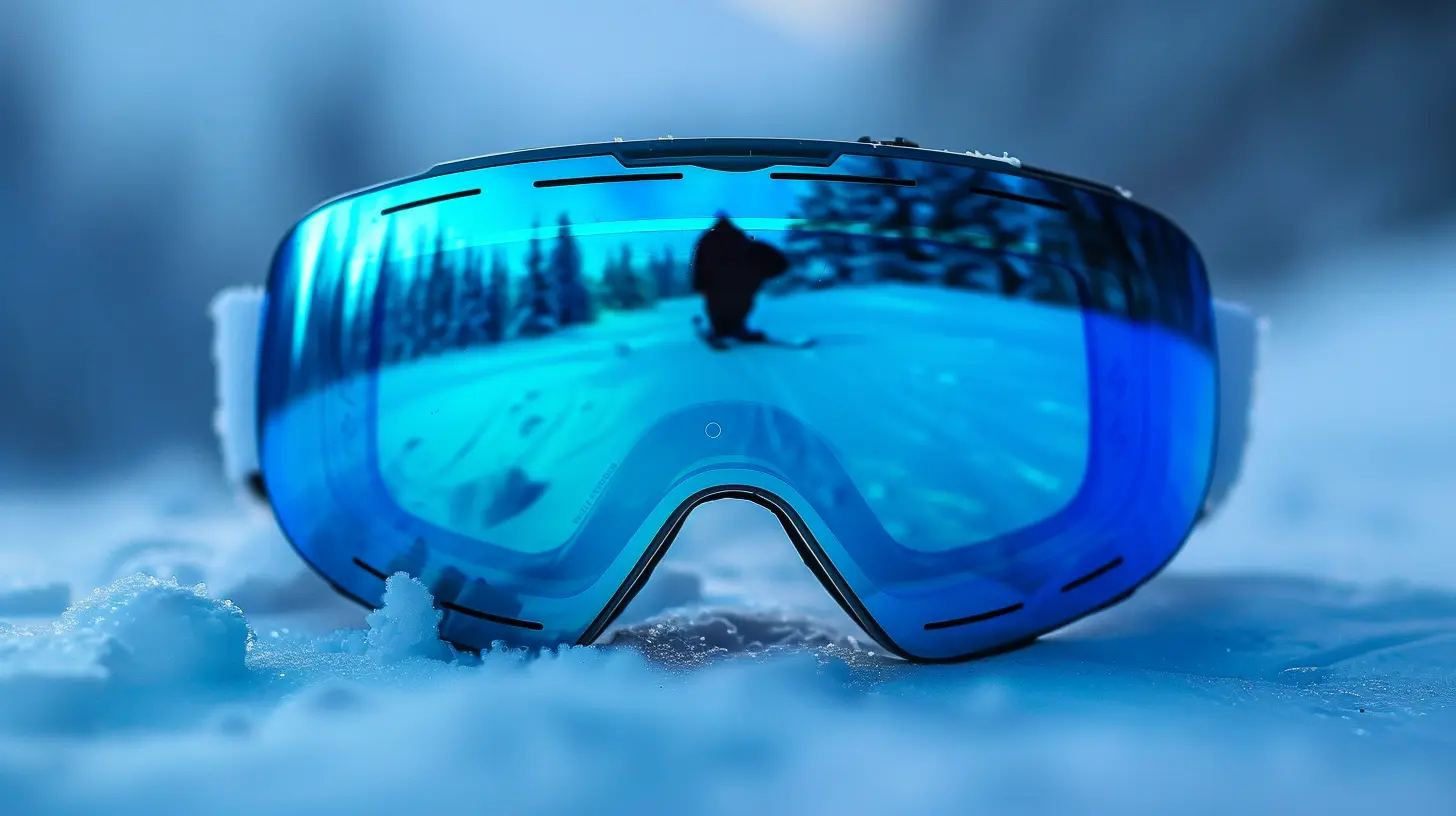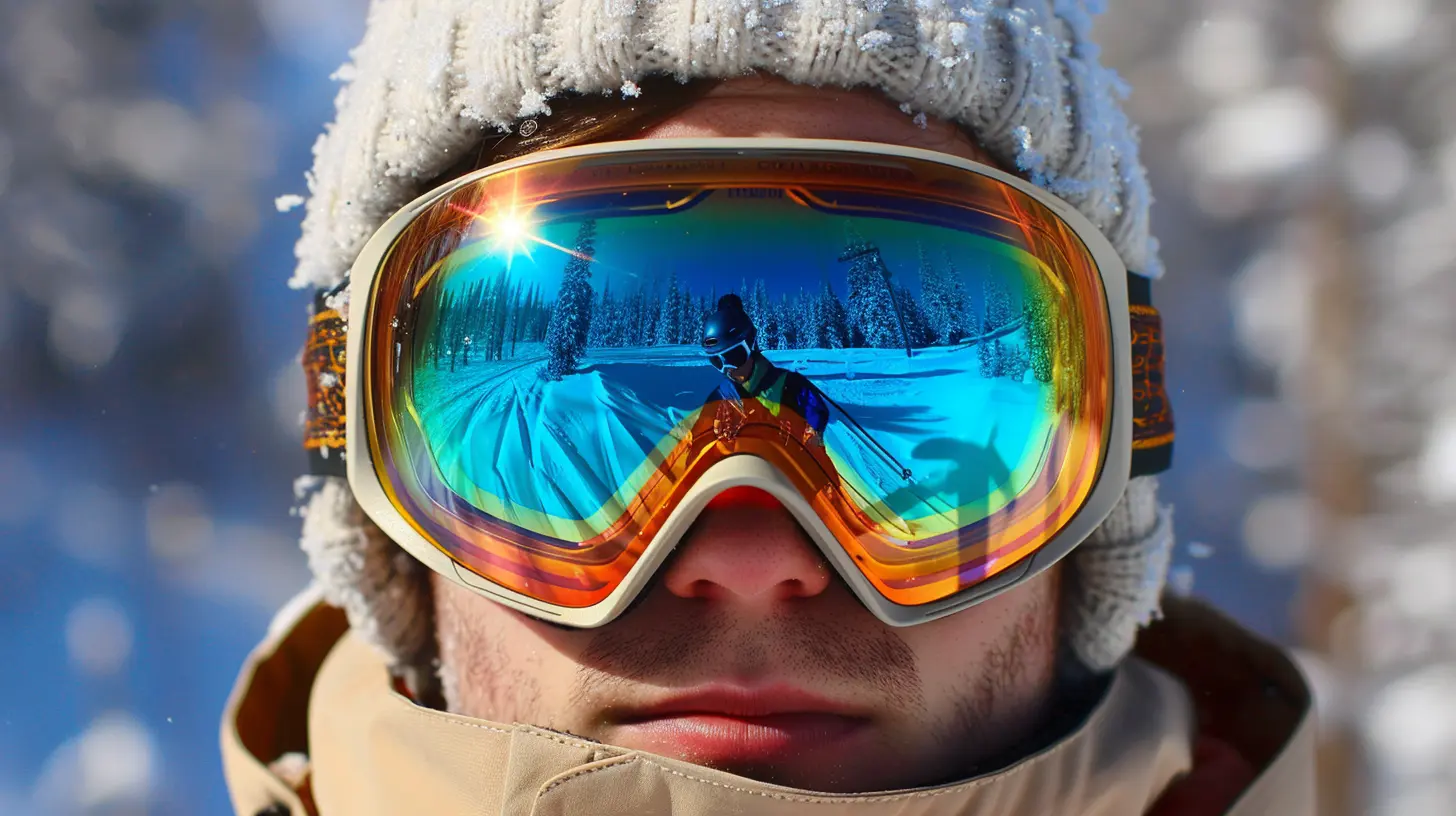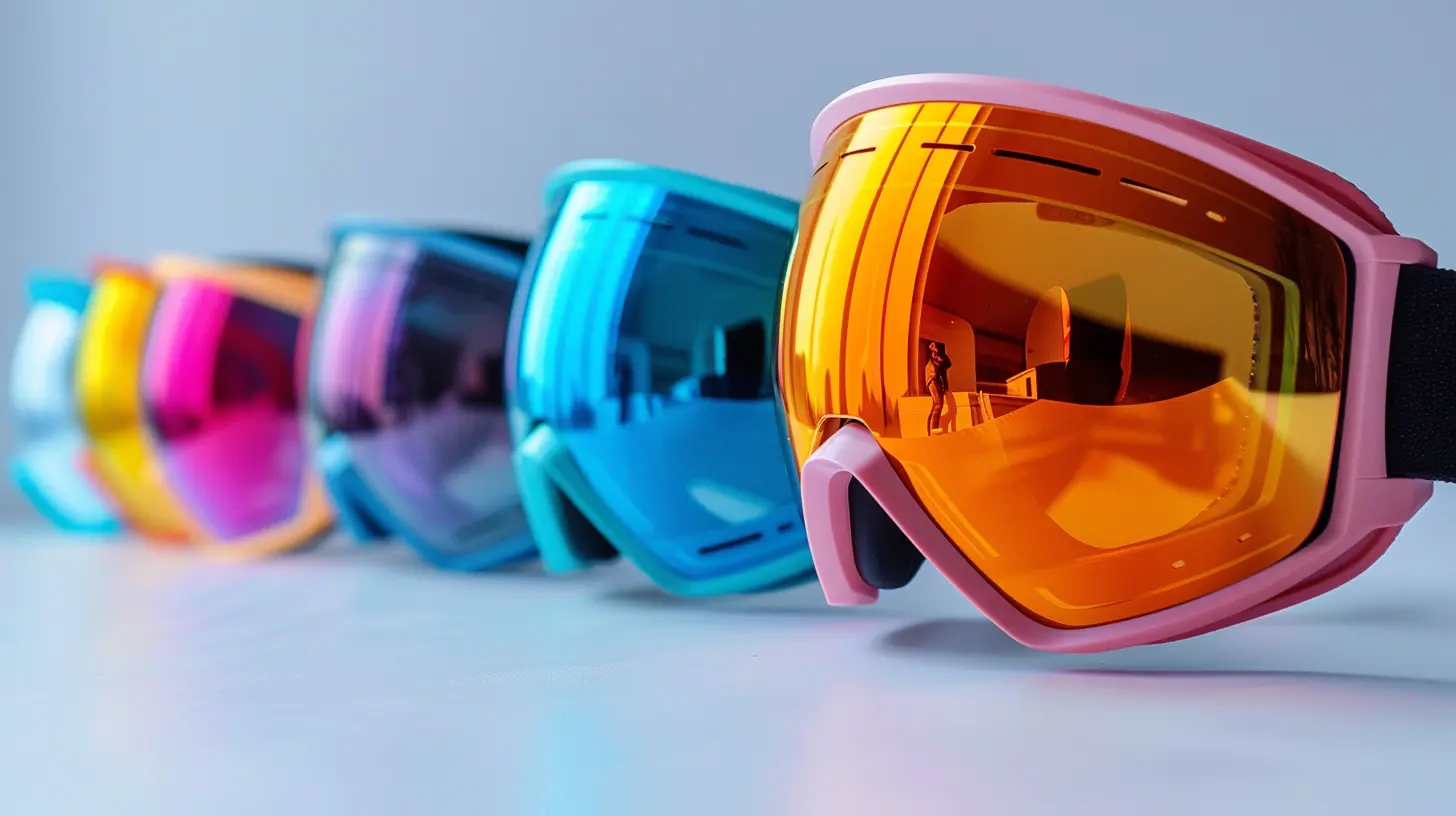The Best Ski Goggles for Variable Weather Conditions
20 August 2025
Hitting the slopes is an exhilarating experience. The wind in your face, the snow beneath your skis or board, and that breathtaking mountain view—pure bliss. But as any seasoned skier or snowboarder knows, mountain weather is unpredictable. One minute it’s sunny; the next, you’re caught in a blizzard. That’s why having the right ski goggles isn't just a matter of style—it’s absolutely essential.
In this guide, we’re diving deep into the best ski goggles for variable weather conditions. We'll break down what features matter most, discuss our top picks, and help you find a pair that’s got your back no matter what Mother Nature throws your way.

Why Weather Matters When Choosing Your Goggles
Before we get to the list, let’s talk a bit about why variable weather is such a big deal when it comes to visibility on the slopes.Have you ever tried skiing while your goggles are fogged up or the lens is too dark for cloudy conditions? It’s not fun. Not only does it take away from the enjoyment, but it’s outright dangerous. Your goggles should help you see better, not worse.
That’s where versatile goggles come in. The best ones adapt to changing light and temperature. They keep your vision sharp and your eyes protected, no matter if it’s snowing sideways or the sun suddenly pops out from behind the clouds.

Key Features to Look for in Ski Goggles for Variable Conditions
So, what makes a good pair of ski goggles stand out in unpredictable weather? These are the features that really matter:1. Interchangeable Lenses
The holy grail. Being able to swap out lenses quickly means you can adjust to different light conditions without buying a second pair.Imagine starting your day with a low-light lens for that early morning fog, then switching to a mirrored lens once the sun breaks through. It's like having two goggles in one.
2. Photochromic Lenses
These high-tech lenses automatically adjust their tint based on light exposure. Bright sunshine? They darken. Overcast? They lighten up. For those who don’t want to fuss with changing lenses, these are a dream come true.They might cost a little more upfront, but they’ll save you a ton of hassle in the long run.
3. Ventilation and Anti-Fog Coating
Nothing ruins a run like foggy lenses. Look for goggles with excellent ventilation systems and anti-fog coatings. Many brands now include dual-pane lenses (like thermal windows), which help reduce the chance of condensation.Pro tip: don’t wipe your lenses on the inside—that can damage the anti-fog coating!
4. Helmet Compatibility and Comfort
Let’s keep it real: if your goggles don’t fit well with your helmet or pinch your nose, you’re not going to wear them. Look for flexible frames, triple-layer face foam, and adjustable straps to get that snug but comfy fit.5. UV Protection
High altitudes mean stronger UV rays. Your goggles should offer 100% UV protection to keep your eyes safe, even on cloudy days when UV levels can still be dangerously high.
Top Picks: The Best Ski Goggles for Variable Weather Conditions
Now that you know what to look for, let’s check out some awesome options that tick all the boxes.🥇 1. Smith I/O Mag
- Why we love it: Smith has nailed the magnetic lens exchange system. You can literally swap lenses in seconds—gloves on and all.- Best for: Riders who want quick changes and supreme clarity.
- Awesome feature: It comes with two performance lenses out of the box—one for bright days and one for stormy ones. Bonus!
🥈 2. Oakley Flight Deck
- Why we love it: The oversized, frameless design gives you a super wide field of view—like looking through a windshield.- Best for: Those who crave style and performance.
- Awesome feature: Oakley’s PRIZM lens tech boosts contrast so you can see every bump and ridge, even in flat light.
🥉 3. Julbo Aerospace Photochromic
- Why we love it: These use photochromic lenses that change tint depending on the light. No swapping lenses, no drama.- Best for: Backcountry and all-day riders.
- Awesome feature: The lens lifts away from the frame for added ventilation when you’re hiking or working up a sweat.
4. Anon M4 Toric
- Why we love it: Their magnetic lens tech is strong, reliable, and super satisfying to use. Snap, and you're done.- Best for: Riders who want a premium feel and cutting-edge features.
- Awesome feature: Bonus lens included, plus their exclusive MFI facemask integration keeps everything fog-free.
5. Giro Axis
- Why we love it: Sleek design, solid ventilation, and an easy lens swap system.- Best for: Intermediate riders who want performance without breaking the bank.
- Awesome feature: Zeiss lenses—yup, the same quality you find in premium cameras.

Budget-Friendly Options That Still Rock
We get it—not everyone can (or wants to) drop $200+ on goggles. Here are some great goggles for variable weather that won’t break the bank.6. OutdoorMaster Pro
- Price point: Around $50- Why we love it: Swappable lenses, decent anti-fogging, and a wide view—crazy value for the price.
- Best for: Casual skiers or folks just starting out.
7. Bollé Mojo
- Price point: Under $40- Why we love it: Classic design with UV protection and a solid anti-fog coating.
- Best for: Beginners, kids, or anyone who wants backup goggles.
Tips to Get the Most Out of Your Goggles
Buying great goggles is only half the battle. Here are a few quick tips to keep your vision crisp all day long:- Carry a microfiber cloth: Never, ever use your jacket sleeve. Seriously, don’t.
- Store them right: Use the goggle case or pouch, not your gear bag full of sharp zippers and junk.
- Dry them out: Let them air-dry after each day. Don’t stick them on a heater—bad idea.
- Avoid touching the inside lens: That anti-fog layer is delicate!
Breaking It Down: The Best Setup for Changing Conditions
So, what’s the ultimate setup if you’re dealing with everything from whiteouts to bluebird days?Here’s what we recommend:
- If you prefer convenience: Go with a photochromic lens like the Julbo Aerospace.
- If you like control: Choose goggles with interchangeable lenses like the Smith I/O Mag or Anon M4.
- On a budget: OutdoorMaster Pro gives you flexibility without sacrificing too much quality.
And remember, goggles aren’t one-size-fits-all. Everyone’s face is different. If you can, try them on with your helmet before hitting the mountain.
Final Thoughts
Skiing or snowboarding in changing weather conditions doesn’t have to be a guessing game. When you’re equipped with the right goggles, you’re not just protecting your vision—you’re enhancing your whole mountain experience. Whether it’s powdery snow or piercing sunlight, your goggles should adapt just like you do.So treat your eyes to some love this season. After all, the right pair of goggles might just help you spot that perfect line down the mountain.
all images in this post were generated using AI tools
Category:
SkiingAuthor:

Frankie Bailey
Discussion
rate this article
1 comments
Mira McFee
Great article! Choosing the right ski goggles can make such a difference on the slopes. It's all about comfort and visibility, especially in changing weather. I love how you highlighted different features—definitely eyeing a couple of those recommendations for my next trip. Happy skiing!
September 15, 2025 at 4:03 AM

Frankie Bailey
Thank you! I'm glad you found the article helpful. Enjoy your skiing trip and stay safe on the slopes!


